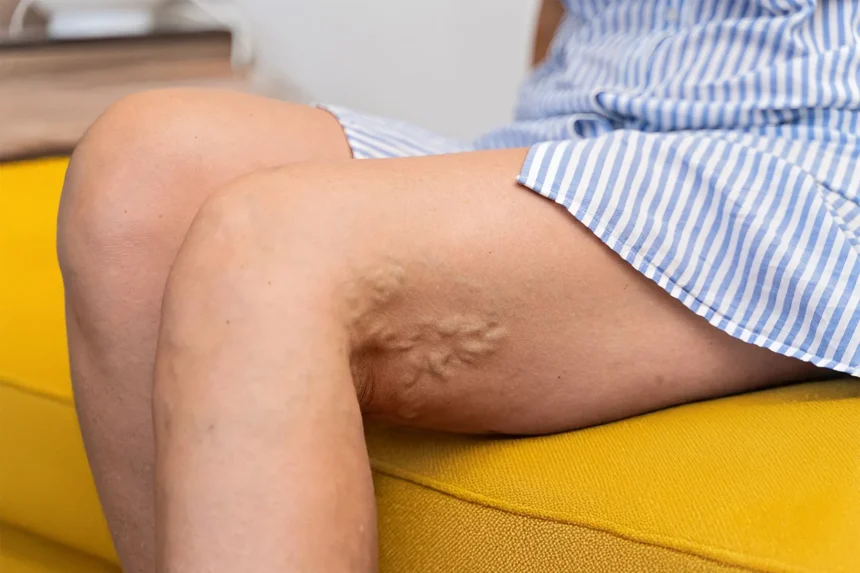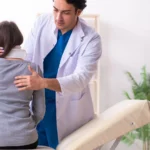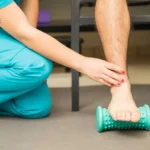Varicose veins are a common vascular condition in many adults. While often seen as a cosmetic issue, they can significantly impact daily life. This condition is caused by weakened or damaged valves that lead to blood pooling in leg veins, appear as enlarged, twisted veins beneath the skin. Here is some information about this condition and how to manage it to support your overall health.
Varicose Veins
The veins in your legs and feet can sometimes become swollen, stretched, and twisted, often appearing blue or purple. This condition, known as varicose veins, happens when the valves inside your veins weaken or get damaged, causing blood to pool instead of flowing back to the heart properly. This leads to the veins becoming enlarged and visible, often causing concern for many individuals.
While they might seem like a cosmetic concern, varicose veins also cause discomfort, including aching, throbbing, or a heavy feeling in your legs. It’s important to understand that if left untreated, they can sometimes lead to more serious issues like leg ulcers or blood clots. Recognizing these signs is the first step towards getting the proper care and treatment.
Physical Symptoms
Varicose veins cause several physical symptoms that might make daily activities uncomfortable. You might notice an aching or throbbing pain in your legs, especially after standing or sitting for a long time. This discomfort often gets worse as the day goes on, but it can sometimes get better if you elevate your legs or move around.
You may also experience swelling in your lower legs and ankles, which typically develops throughout the day and can make your shoes tight. Many people describe a heavy or tired sensation in their legs, particularly after physical activity. It’s common to have muscle cramps, especially at night, which may even disrupt your sleep.
Over time, you might also see changes in your skin around the affected veins. This could include dryness, itching, or even discoloration. Understanding these symptoms is a beneficial step in managingthis condition and finding relief.
Long-term Health
Without proper management, this condition can gradually worsen, leading to more serious complications. Advanced cases may cause skin changes such as chronic swelling, pigmentation alterations, and, in severe situations, skin ulceration. These issues not only affect physical health but can also significantly impact quality of life. As the condition progresses, more intensive treatment approaches may be required to manage symptoms and prevent further deterioration.
The reduced physical activity often associated with varicose veins may lead to other health concerns. These include weight gain, decreased cardiovascular fitness, and muscle weakness, which can further complicate overall health. Maintaining an active lifestyle is key to managing and supporting overall well-being. Regular movement helps improve circulation, reduce symptoms, and minimize the risk of related health problems.
Manage Varicose Veins
Varicose veins can significantly impact quality of life, making it helpful to recognize when symptoms require medical attention. Treatment options range from conservative methods like compression stockings and lifestyle changes to medical procedures that address vein issues. If symptoms interfere with daily activities or well-being, consult a healthcare provider specializing in vascular conditions. Early intervention helps prevent symptom progression and improve quality of life, helping you stay active and comfortable. Taking proactive steps makes sure both the physical and emotional aspects of this condition are addressed.





